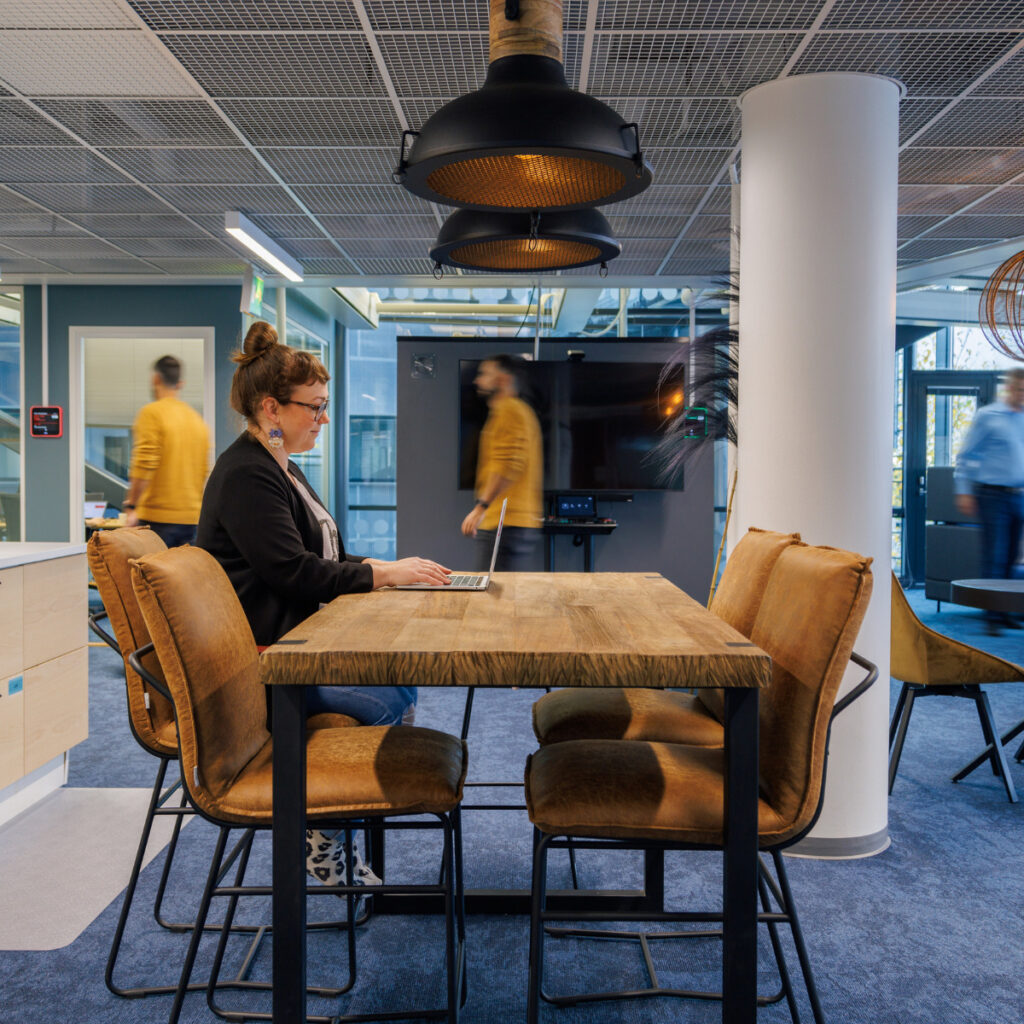The workplace and real estate market has been significantly impacted by the COVID-19 pandemic, and the ripples will continue to affect future prospects as well. Adopting remote work has disrupted traditional working methods, leading to changes in office occupancy rates, vacancy rates, and leasing volumes. This article is a snapshot of the latest data and findings regarding the workplace and real estate market.
As we enter 2023, the workplace and real estate markets in Europe and Finland have undergone significant transformations. The COVID-19 pandemic disrupted traditional working methods and accelerated the adoption of remote work in both regions. While some trends are universal, unique factors influence the Finnish and European workplace and corporate real estate markets.
Hybrid workers prefer Tuesdays at the office
The COVID-19 pandemic has substantially changed the office real estate market, as many companies have adopted remote and hybrid work models. Many organizations are now facing challenges in bringing their employees from their home offices back to the office, and this is showing in the occupancy numbers. According to a report by Relogix, the average monthly occupancy for all workspaces in 2019 (Q2-Q4) was 63%, which dropped to 33% in 2022. The highest occupancy in 2019 was 68%, while in 2022, it was 38%.
European office occupancy rates have increased from 43% (June 2022) to 55% (February 2023), still behind the pre-pandemic average of 70%. Occupiers show a preference to work during the middle of the week, with average office occupancy rates highest on Tuesdays (63%), Wednesdays (62%), and Thursdays (62%). Friday occupancy rates are an average of 17 percentage points lower than the mid-week peak.
Keeping up with the workplace data and bringing personalized experiences to the workplace will be vital factors in creating offices that make employees want to return.
But it seems that there’s still a lot of work to be done in collecting the right data. A Leesman poll of real estate leaders in March 2023 indicated that 93% of respondents measure occupancy levels. However, only 9% of organizations utilize sensor data, while the majority rely on badge and access control data.

High office vacancy rates and uncertain times for CRE
For corporate real estate players, especially in the office sector, times have been rough for the past few years with the shifting consumer preferences. Property owners need to be more strategic and flexible in their approach to leasing and managing office spaces in order to tackle the challenge of high vacancy rates. Structural changes to office usage and cyclical challenges affected demand heavily in the final quarter of 2022. The same JLL statistics show that global office leasing volumes were 6% lower over the quarter and 19% lower than in Q4 2021, moderating leasing activity across all three regions.
Finland is no stranger to high vacancy rates either. According to Helsinki Research Forum, at the end of December 2022, the Helsinki area had approximately 527,000 square meters of vacant office space. The average vacancy rate in Helsinki was 12.6%, representing a 0.4 percentage point increase compared to the previous quarter. The most significant changes were seen in Aviapolis, Sörnäinen, and Vallila, where plenty of spaces emptied out.
And as if the soaring vacancy rates were not enough, the current climate is also troubled by political unrest as well as rising interest rates and high inflation. A recent survey on real estate trends throughout Europe found 91% of respondents are concerned about inflation, closely followed by interest rate movements (89%) and European economic growth (88%). Political uncertainty at the global, regional, and national levels is of high concern as well.
Flexibility at the heart of work-life balance
According to a report by Nordic real estate company Castellum, 62% of respondents want to switch between working at the office and remotely. An impressive 83% consider the possibility of flexible working hours and locations a crucial factor when changing jobs or workplaces. Additionally, 58% could imagine working fully or partially in a coworking office. Furthermore, in the same report, 59% of women believe that hybrid work helps to balance work and personal life.
Statistics from Future Forum’s latest Pulse show that employees with full schedule flexibility report 39% higher productivity and 64% greater ability to focus when compared to workers with no ability to shift their schedules.

Flexibility has become a major employee experience factor. A global survey by Microsoft found that 21% of respondents who had quit their jobs in 2021 did so because of a lack of flexible working hours or location.
In Finland, remote work has increased work autonomy (60%), job satisfaction (54%), and work productivity (50%), according to a survey from January 2023. The same survey showed that a large majority (62%) believe that remote work has reduced their perceived stress.
What’s next?
Overall, the workplace and real estate market continues to evolve in response to changing needs and preferences. As we move forward, we can expect continued innovation and adaptation to ensure that the workplace remains a productive and fulfilling environment for all. Focus on flexibility, well-being, and work-life balance is helping to shape a more dynamic and adaptable future for organizations.
As for the CRE sector, technology will play a significant role in the industry, with a focus on data analytics, automation, and prop-tech. Innovative strategies, such as flexible leasing models and the use of virtual reality, will be necessary to stay ahead in the market. Also, sustainability will be a key factor, with the adoption of green building practices and renewable energy solutions on the rise.
Need help with creating a future-proof workplace strategy for your organization? Contact us!
More to read? Check out our blog articles👇
Facilities as an enabler of innovation
Constant flux – how to adjust to constant changes
The raise of sustainable design



